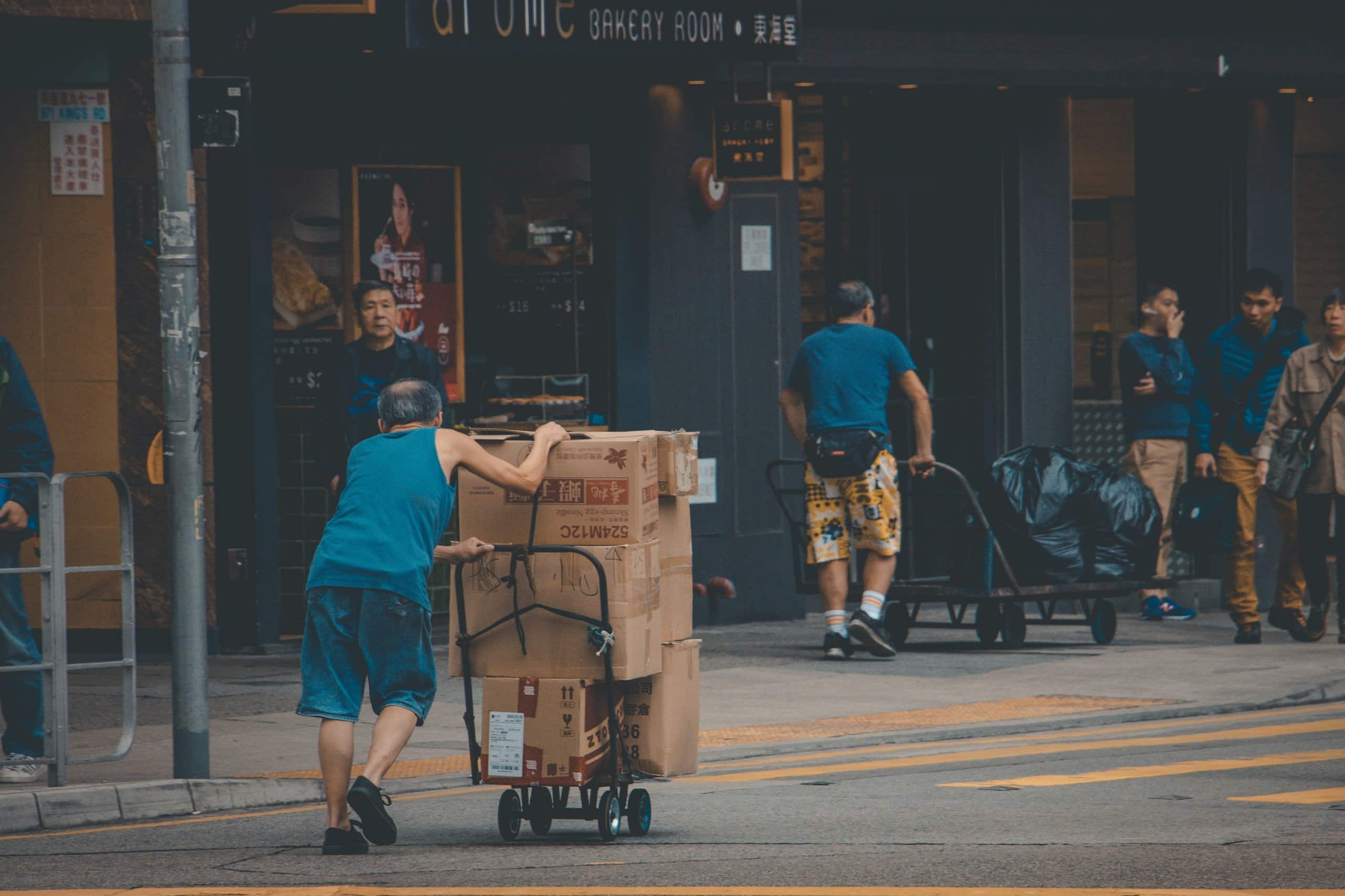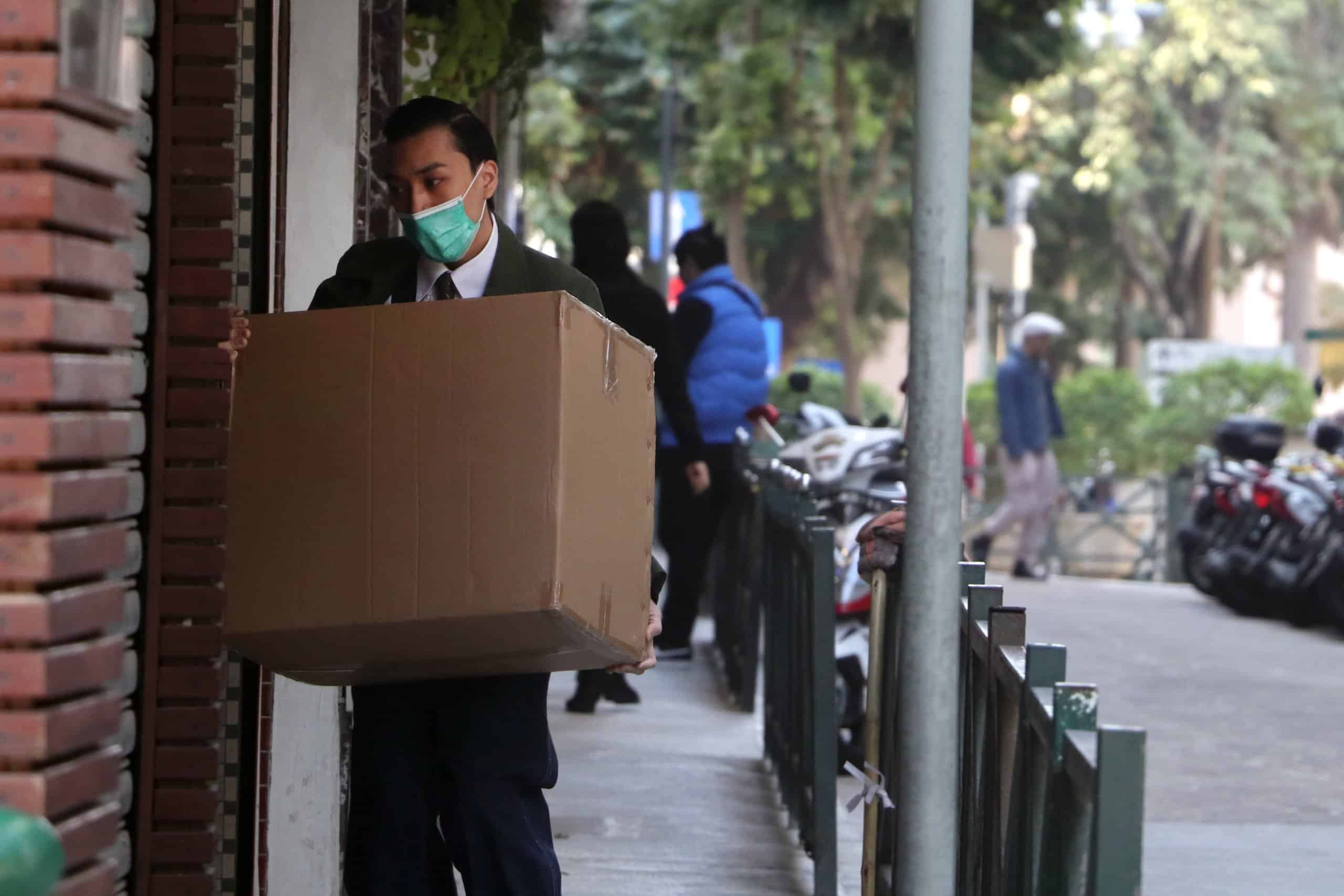In a matter of weeks, the way people shop changed. New shopping trends and behaviors emerged. Curbside pickup being one of them. As more retailers plan to offer curbside pickup or BOPIS (buy online, pick up in-store), what are things to consider before setting it up? And, where will curbside pickup stand in the future?
Last year, Cowen predicted that 25% of consumers will opt for curbside pickup by 2020, raising the curbside pickup market to $35 billion.
Walmart, Applebee’s, Target and CVS have been offering curbside pickup for years now. With the pandemic, its adoption accelerated beyond food and groceries.
For many retailers today, curbside pickup is a viable solution for fulfilling orders amid social distancing measures. For consumers, it minimizes the risk of exposure to the virus and makes shopping more convenient.

How does curbside pickup work?
While there’s a slight variation among stores, BOPIS starts with shoppers selecting products and paying online. Then, they’ll pick up their order without entering the store. The staff will bring out the products and load them into their trunk.
Curbside pickup thrives today as customers lessen physical store visits and retailers become distribution centers. Let’s look at the interesting ways retailers implement BOPIS.
- Chili’s has a designated spot with a Curbside Pickup sign.
- Nordstrom asks shoppers to call the store or select “I’m here” in the app to tell staff they’ve arrived.
- The Container Store allows shoppers to order over the phone and select a pickup time.
- Petco offers promo codes to encourage people to place orders online for pickup.
- GameStop lets customers reserve online and pay upon pickup.
What are the key benefits and limitations?
The immediate benefit of offering BOPIS now is helping the community. When retailers—big and small—are operational, employees have work. While delays are unavoidable, customers get their orders faster most of the time.
Why the delay
BOPIS looks flawless and easy. But for retailers, it can be labor-intensive and time-consuming—especially during this period. When there’s a sudden increase in orders, the limited number of available staff can affect the time to fulfill an order. This then impacts the customer experience.
So, retailers planning to offer this service have to balance several things. From inventory segregation and communication with customers to curbside payments and sanitizing procedures for products and staff.

How to set up curbside pickup?
Even with its cons, buy online pick up in-store has win-win pros for retailers, employees, and consumers. For stores deciding to do curbside pickup, here’s an overview of steps to consider.
- Check local government and health guidelines.
- Organize staff and schedule processes for:
-
- Collecting orders;
- Assigning orders to staff;
- Packaging and sanitizing products for pickup;
- Notifying customers;
- Managing payments if not done online; and
- Placing orders in customers’ trunk.
- Set up pickup spots with designated or temporary signs.
- Communicate clear pickup instructions to customers.
What could be the future of curbside pickup?
According to a McKinsey & Co. survey, “Looking ahead to the ‘next normal’ … most consumers expect to shop less frequently in physical stores for items other than grocery, simultaneously shifting that spending online.”
Before the pandemic, young shoppers started using curbside pickup because of convenience. Since then, it turned into a necessity as customers stay away from stores and retailers find creative ways to sell and fulfill orders.

Better product discovery online
As more customers shop online, better product discovery will help them make better buying decisions. In-store, automated processes and robots can help retailers manage operations.
Now, more than ever, people spend more time looking at images and watching videos—influencing purchase behaviors. With image search and contextual recommendation and comparison of similar products, retailers can increase engagement on their website.
With more time spent on the website, customers are likely to discover related and new products, making the shopping experience intuitive and personal. This can increase online sales to offset impulsive in-store purchases.
Moving forward
Without a doubt, the current health crisis pushed more retailers to adopt BOPIS at an accelerated pace. In fact, it helps retailers continue to engage customers and make sales.
Whether BOPIS stays or not post-pandemic depends on the customers. But as long as customers are satisfied with what retailers offer, including curbside pickup, chances are it will become a permanent feature of the “next normal” retail landscape.